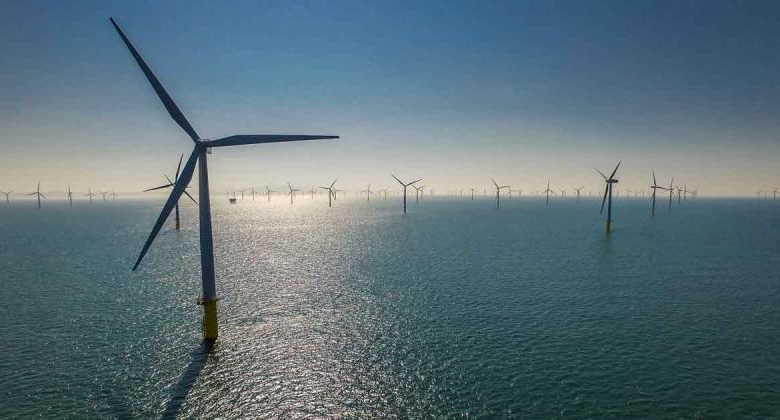Major offshore wind developers partner with the Carbon Trust to decarbonise and scale up sustainably

Eleven offshore wind developers – bp, EnBW, Fred Olsen Seawind, Ørsted, Parkwind, RWE, Scottish Power Renewables, Shell, SSE Renewables, Total Energies and Vattenfall – are partnering with the Carbon Trust to make future offshore wind more sustainable. Collectively, these companies represent around a quarter of global installed wind energy capacity.
They will work in collaboration with the Carbon Trust as part of the new Offshore Wind Sustainability Joint Industry Programme to develop the first industry-backed, standardised methodology and guidance to measure and address the carbon emissions associated with offshore wind farms throughout their lifecycle, including emissions from the manufacturing of materials and installation of wind farms.
The aim of this work is to help the global offshore wind industry scale as sustainably as possible and continue its important contribution towards meeting the world’s net zero target by 2050.
This programme is the newest in the Carbon Trust’s renewable energy innovation platform, a portfolio of R&D activities that also includes the Offshore Wind Accelerator (OWA), the Floating Wind Joint Industry Programme, the Integrator and the Offshore Renewables Joint Industry Programme.
According to the International Energy Agency, 70 to 80 GW of offshore wind capacity will need to be installed every year from 2030 to achieve net zero by 2050. As demand for renewable energy grows, the offshore wind industry needs to scale up rapidly. A collaborative industry effort will be key to creating a consistent approach to account for carbon impacts, increase transparency of supply chain emissions and accelerate engagement across the value chain.
While offshore wind energy generation has a significantly lower carbon impact than fossil fuels, the sector must also work collaboratively to de-couple its own value chain from carbon and resource-intensive models of production, deployment and operation, addressing key hotspots such as steel, cement and fuels.
The first project of the Offshore Wind Sustainability Joint Industry Programme will develop the first standardised methodology to enable developers to calculate the lifecycle emissions of their offshore wind assets, including emissions from their upstream supply chains, and the construction and operation phases of their wind farms; engage with the industry to improve data quality and availability and promote greater supply chain transparency; and identify key carbon emission drivers and hotspots in the offshore wind value chain and wind farm life cycle.
The methodology is expected to be released for use across the industry by 2025.
